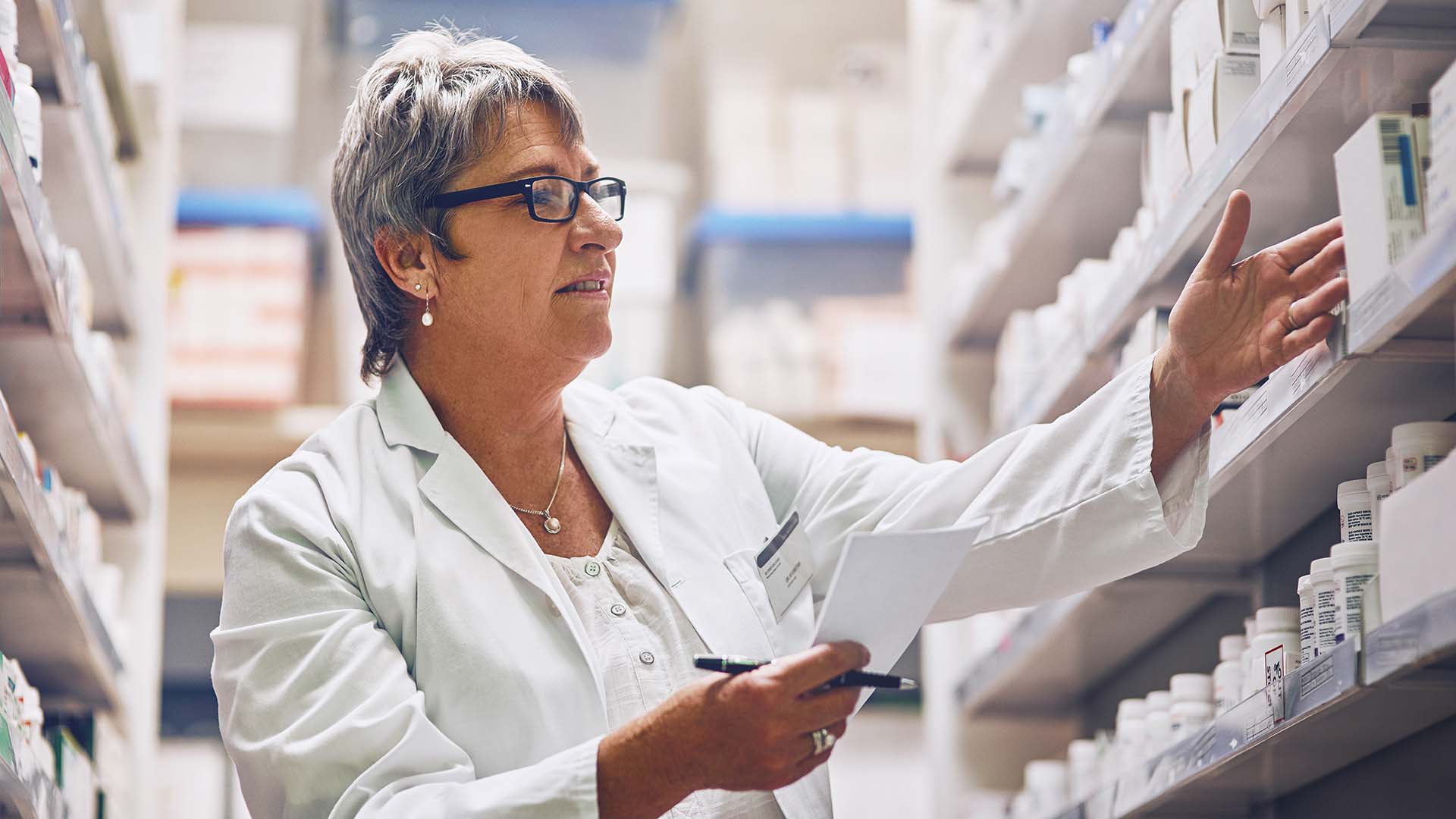Sign up to our newsletter Subscribe
Analysing Global Immunisation Expenditure

Sign up to our newsletter Subscribe


Two recently-published papers predict high returns from a policy which incentivises the development of new antibiotics...

Programs to incentivize antibiotic R&D are under consideration in the EU. New papers explain how the EU can effectively create incentives to develop new antibiotics to combat rising resistance. They also predict high returns from this policy, with benefit-cost ratios in the EU ranging from 1.3:1 to 4.6:1 over 10 years, and from 6.1:1 to 21:1 over 30 years.
Previously, OHE has described the need for, and challenges of getting, R&D to develop new antibiotics addressing the rise of antibiotic resistance. We examined EU policy options and made the case for a pull initiative. Now, papers by Anderson et al. 2024 and by the Alliance for Reducing Microbial Resistance (ARMoR) have set out, respectively, how the EU can best implement a pull incentive to get new antibiotics to tackle the rise of resistance, and the high returns such a policy is expected to bring. The Anderson et al. paper is co-authored by OHE’s Adrian Towse, and the ARMoR model utilised input from OHE’s Grace Hampson, and is based on work by Adrian Towse and Rachel Silverman-Bonnifield.
Anderson et al. propose “a process for establishing an EU-level cross country pull incentive for antimicrobial access and innovation.” It seeks to maximise participation by EU Member states. The EMA would identify EU-level priorities, drawing on the WHO priority pathogens list and identify development pipeline candidates for receiving pull support after Phase 1 clinical trials. The Health Emergency Preparedness and Response Authority (HERA) would commission a technical report (a joint clinical assessment) from an HTA body when these drugs applied for EMA approval. Member States would then vote on whether to proceed to negotiation of a pull incentive on this product. If a qualified majority (15 (55%) of 27 member states, representing at least 65% of the EU population) agree, HERA would proceed to agree the size of the incentive, access agreements and the terms of supply. Once terms were agreed, there would be another qualified majority vote to accept or not. Member states could still opt out, but an opt-out model is far more likely to achieve an effective incentive than the opt-in model that has been proposed elsewhere. The process would be overseen by a Steering Committee of all member states established by DG-SANTE.
Anderson et al. include estimates of the likely return on investment by EU member state using the model developed by Towse and Silverman Bonnifield, disaggregating EU wide estimates to arrive at member state level returns on investment. The ARMoR introduces more detailed calculations by member state, using country specific DALY/death ratios, health cost estimates, and cost-effectiveness ratios to value DALYs saved. Their adaptation of the model includes a dashboard allowing policy makers to vary key assumptions, including drug development cost, DALY burden and DALY value, discount rates, the numbers of new drugs produced, the likely effectiveness of new drugs, and the underlying rate of growth of AMR deaths.
The message is clear: new antibiotics are a high return investment for all EU member states and an “opt-out” pull incentive operating at the EU level is a practical way to deliver this investment.
Anderson M, Towse A, Outterson K, Mossialos E. 2024. Implementing an EU pull incentive for antimicrobial innovation and access: blueprint for action. Lancet Microbe. DOI: 10.1016/S2666-5247(24)00109-5 PMID: 38885690
Alliance for Reducing Microbial Resistance (ARMoR) 2024. Estimating the Return on Investment of Pull Incentive Policies for New Antimicrobials – Insights for the EU and Beyond. Available at: https://drive.google.com/file/d/1pGfUi0NLKOu1m0IZXkCArjKDSzCUJxsW/view
Silverman Bonnifield R and Towse A. 2022 Estimating EU’s Return on Investment from an Ambitious Program to Incentivize New Antibiotics. Policy Brief. Center for Global Development. Available at https://www.cgdev.org/publication/estimating-eus-return-investment-ambitious-program-incentivize-new-antibiotics
Towse, A. and Silverman Bonnifield, R. 2022. “An Ambitious USG Advanced Commitment for Subscription-Based Purchasing of Novel Antimicrobials and Its Expected Return on Investment.” CGD Policy Paper 277. Washington, DC: Center for Global Development. An Ambitious USG Advanced Commitment for Subscription-Based Purchasing of Novel Antimicrobials and Its Expected Return on Investment | Center for Global Development | Ideas to Action (cgdev.org)
An error has occurred, please try again later.
This website uses cookies so that we can provide you with the best user experience possible. Cookie information is stored in your browser and performs functions such as recognising you when you return to our website and helping our team to understand which sections of the website you find most interesting and useful.
Strictly Necessary Cookie should be enabled at all times so that we can save your preferences for cookie settings.
If you disable this cookie, we will not be able to save your preferences. This means that every time you visit this website you will need to enable or disable cookies again.
This website uses Google Analytics to collect anonymous information such as the number of visitors to the site, and the most popular pages.
Keeping this cookie enabled helps us to improve our website.
Please enable Strictly Necessary Cookies first so that we can save your preferences!



